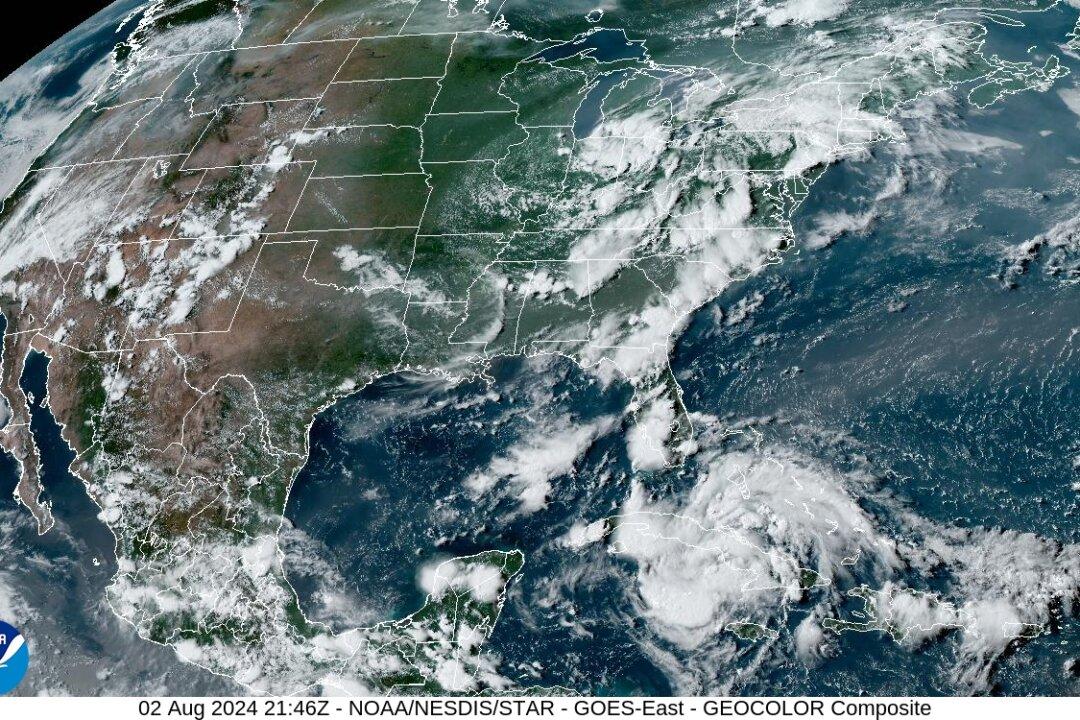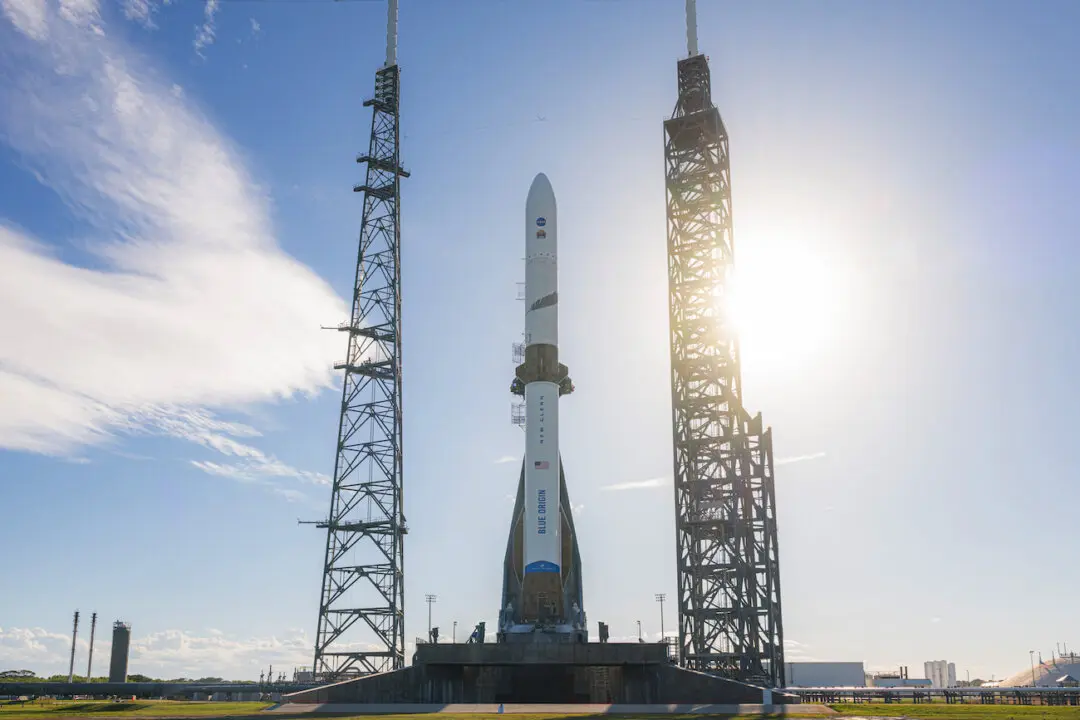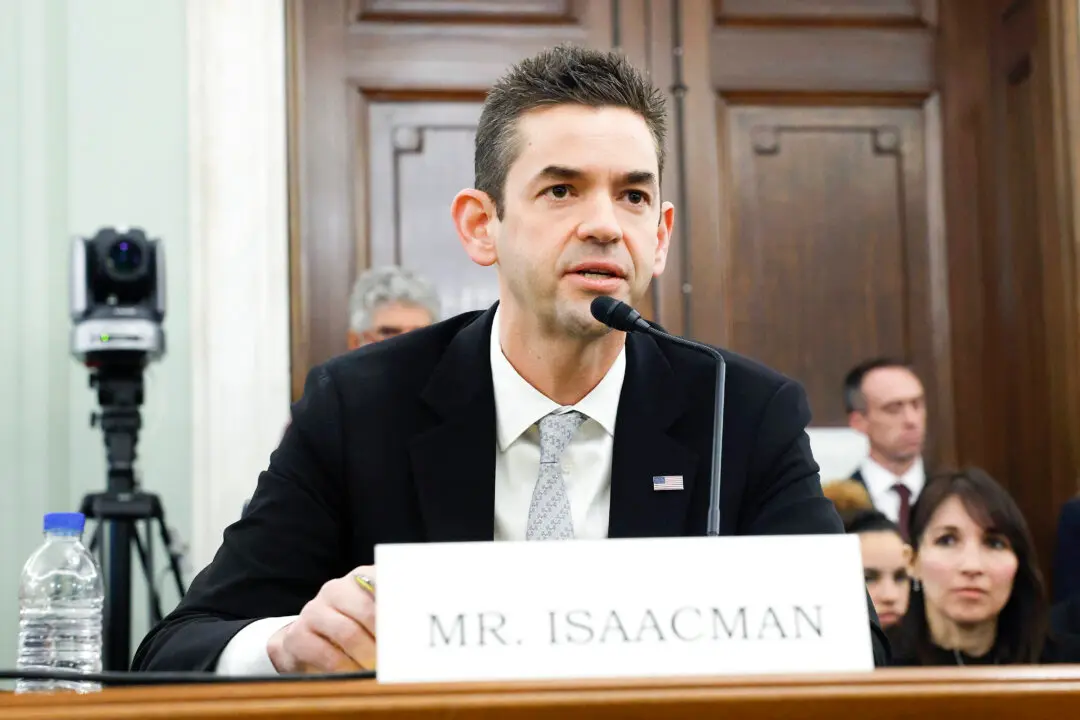Nearly all of Florida’s west coast is under either a Tropical storm watch or warning, the National Hurricane Center (NHC) said in its 5 p.m. EDT advisory. A storm surge watch has also been issued for most of that area.
The NHC upgraded a tropical wave known as Invest 97L to “Potential Tropical Cyclone Four” at 11 a.m. EDT on Aug. 2, as it issued its first advisory. By the NHC’s 5 p.m. advisory, the storm’s forecast journey up the peninsula into the panhandle has been delayed, tropical storm watches and warnings have expanded, and storm surge projections have increased.





